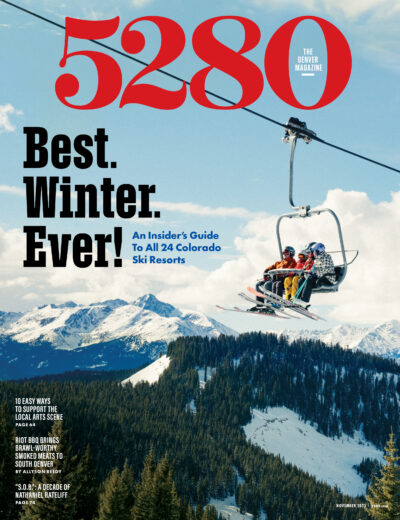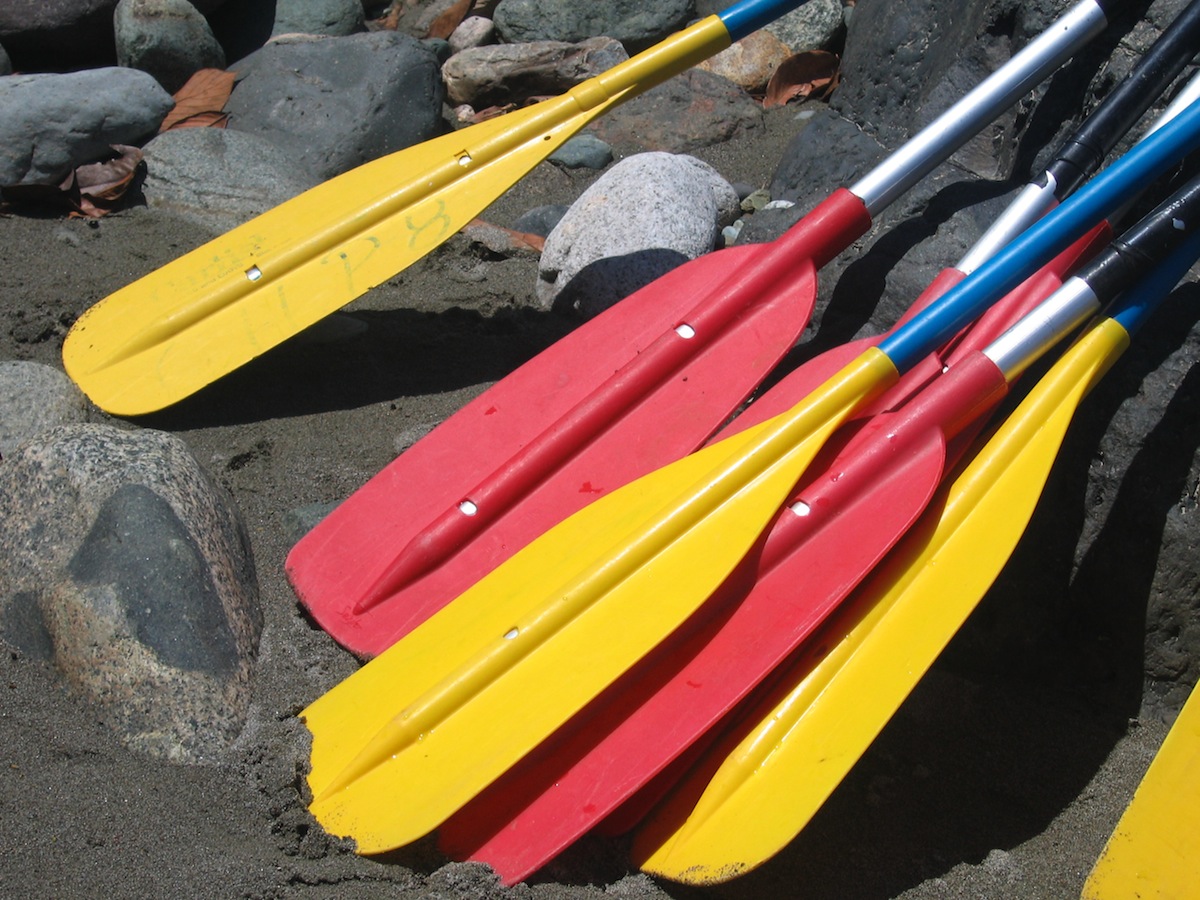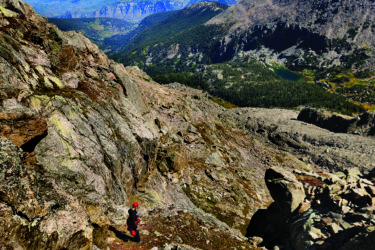The Local newsletter is your free, daily guide to life in Colorado. For locals, by locals.
Why we love it: Because there’s nothing better to beat this summer’s oppressive heat than getting out of the city and onto the water with a lazy float—no skills required—down the scenic Colorado River.
When to go: June through August, although river flow varies widely depending on the year’s snow runoff. Call the Bureau of Land Management Grand Junction Field Office (970-244-3000) to check river conditions before hopping in a raft.

Outfitter option: Rimrock Adventures, Fruita, 970-858-9555. Approximate rental costs: $85/day for a 14-foot raft (four to five passengers), plus the cost of boat dropoff and pickup services and other necessary rental items. You’ll put your raft in at the Rimrock Adventures launch site (just outside Loma) and take out the following day at the Westwater, Utah boat ramp (river right) about 25 miles down river.
Quick tip: If floating with a large group, divvy up the supply and meal duties. Have one pair be responsible for lunch, another for dinner, another for breakfast, snacks, beverages, and so on.
Bonus: If driving from Denver the night before for an early next-morning launch, camp at the James M. Robb Campground in Fruita, which is a half mile from the launch site.
***
For a welcome respite from 90-plus degree temps, the Ruby-Horsethief canyon run through the McInnis Canyons National Conservation Area on the Colorado River west of Grand Junction provides a scenic and low-key rafting route that even the most novice river runners will enjoy. That’s because the whitewater here (class I that rarely reaches II) is pretty much zilch (at least this summer), meaning it’s more of a leisurely catch-up-on-your-suntan float than an adrenaline rush that requires life jackets (although each boat is required to have the correct number of life vests for its passengers.) Whether you’ve got a four-person group or a 30-person army, you can rent the appropriate number of rafts to hold you and your camping gear for an overnight excursion.
The 25-mile stretch meanders through gorgeous red rock canyons and crosses the Utah border. Keep an eye out for beavers, wild turkeys, and other wildlife as you drift. At points during low flow, the river is shallow enough to walk. Make sure to stock up on sunscreen, snacks, and plenty of water to keep you hydrated. Plan for a full day to make it down the first 16 miles with enough light left to set up camp and cook dinner.
Between miles 15.9 (where the river takes a sharp lefthand turn) and 16.8 are the Upper and Lower Black Rocks campsites. Look for an open beach on the left and pull out for the night. Sites are sandy and spacious. Respect all fire restrictions and bans when preparing meals; a Coleman double burner camp stove will do just fine in lieu of open fire. Adhere to all Leave No Trace principles (pack it in, pack it out).
The next morning, set off on a reasonable eight- to nine-mile float/paddle to the Westwater takeout. If you have a big group, make sure the appropriate number of cars is stashed at Westwater to shuttle back to Rimrock for the remainder of the vehicles. Otherwise, Rimrock can set up a shuttle service for you.
***
More info: For general information, rules, and a river map, click here. Details on designated primitive backcountry campsites can be found here. To obtain a camping permit, click here.
Getting there: The James M. Robb campground is a half mile south of Exit 19 off I-70, about four hours and 20 minutes from Denver. The launch site is Exit 15 (Loma) off I-70, just a few minutes from the campground. The takeout site is off I-70 at the Westwater exit, just 4.5 miles past the Utah border. Take a left off the ramp and drive south for nine miles to the Westwater ranger station. Allow at least an hour and a half for roundtrip shuttle from the takeout to the launch site.
—Image via Shutterstock








